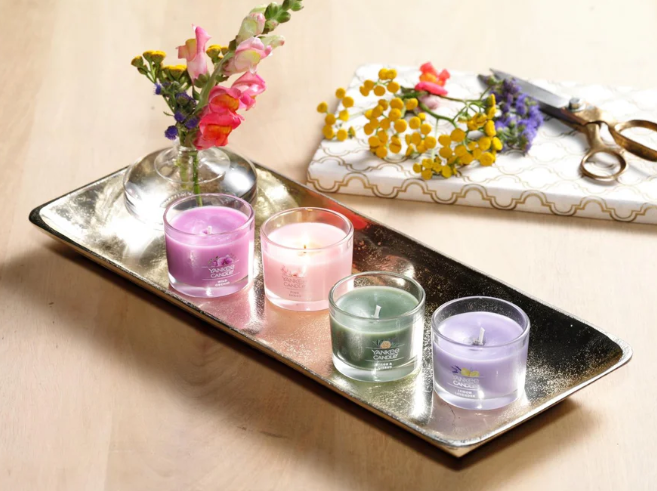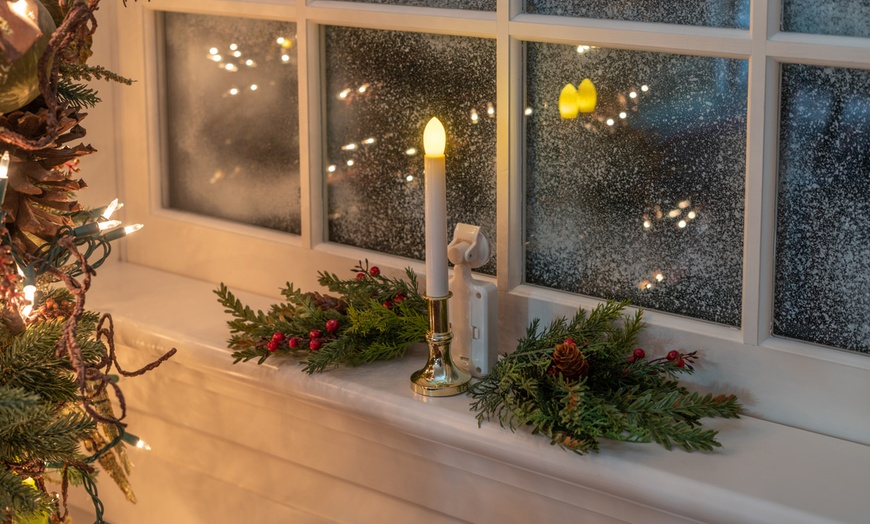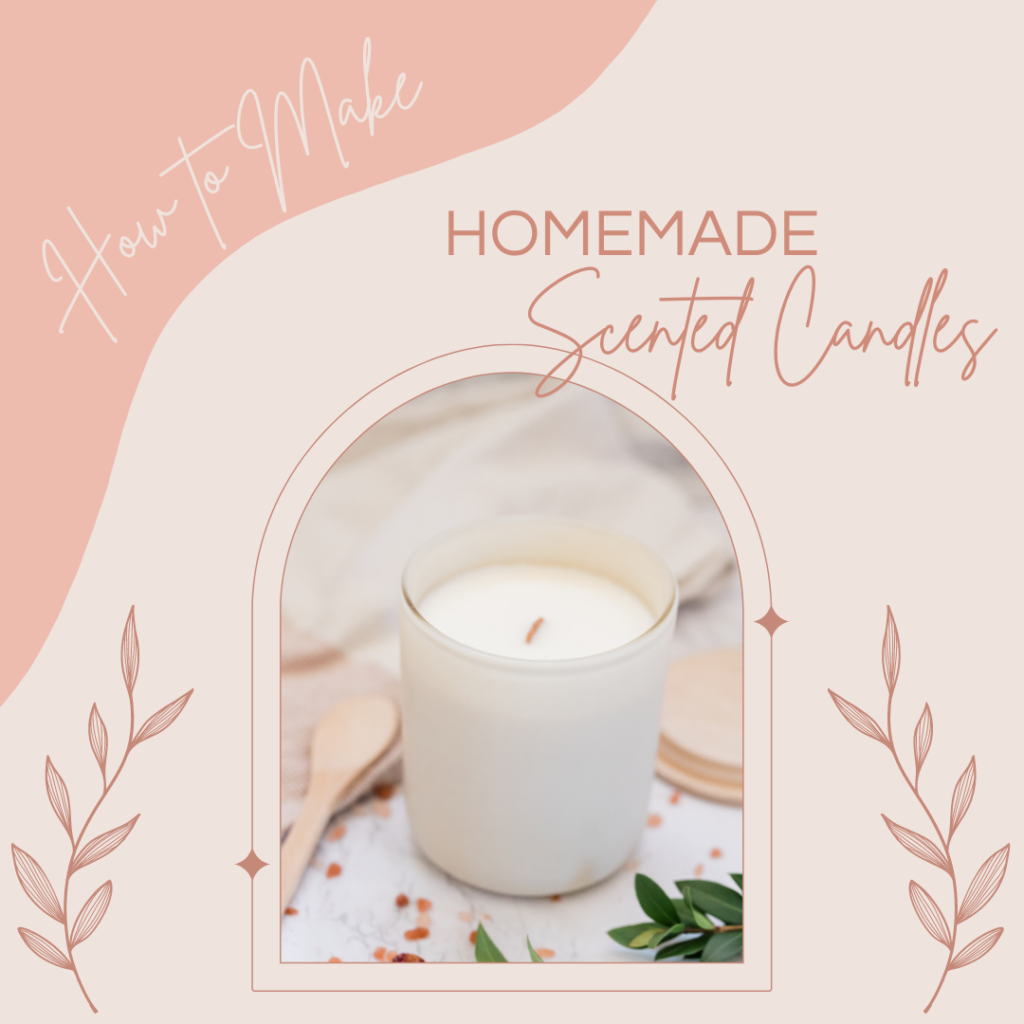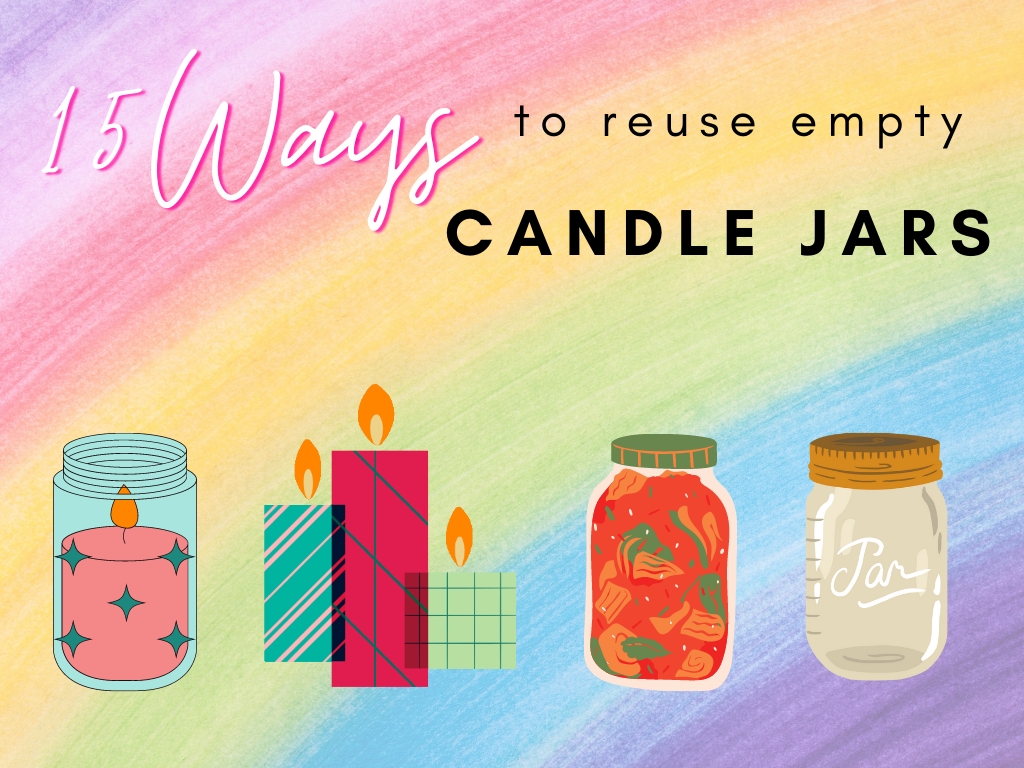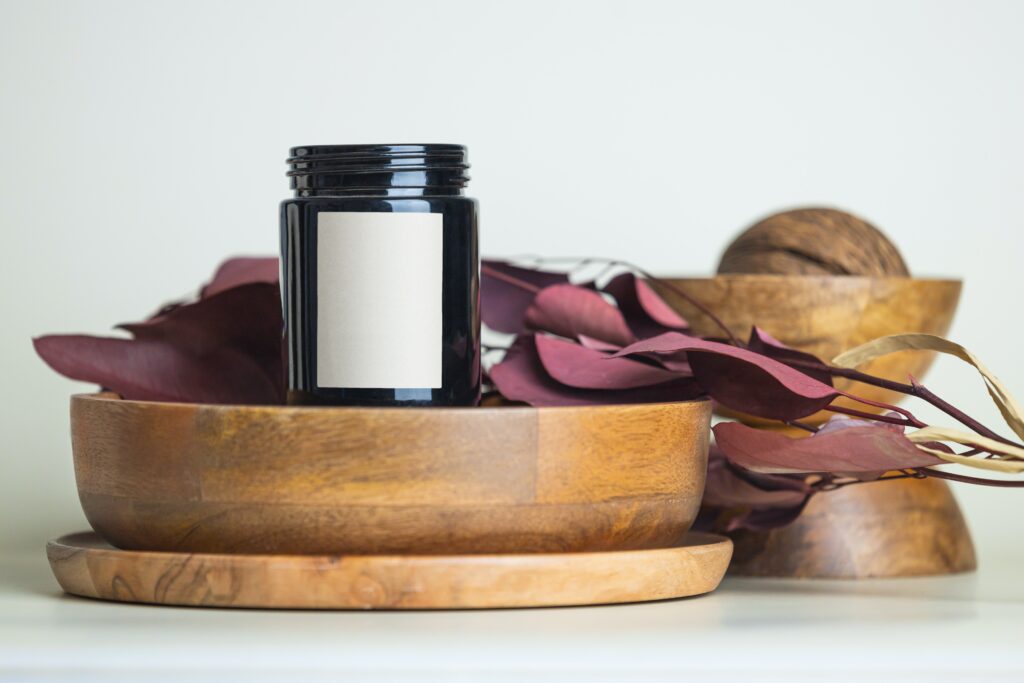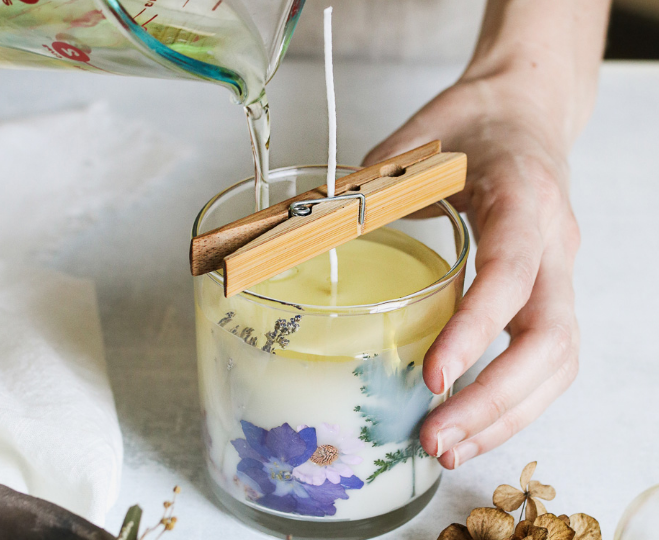Why Use A Candle Snuffer?
It coats the wick with melted wax to help it stay upright so it doesn’t flop down and get buried in the wax.
If you’re a fan of candles, then you know that there’s nothing worse than when the wick starts to flop over and gets buried in the wax. Not only does it ruin the look of the candle, but it can also be a safety hazard. That’s why it’s important to use a candle snuffer.
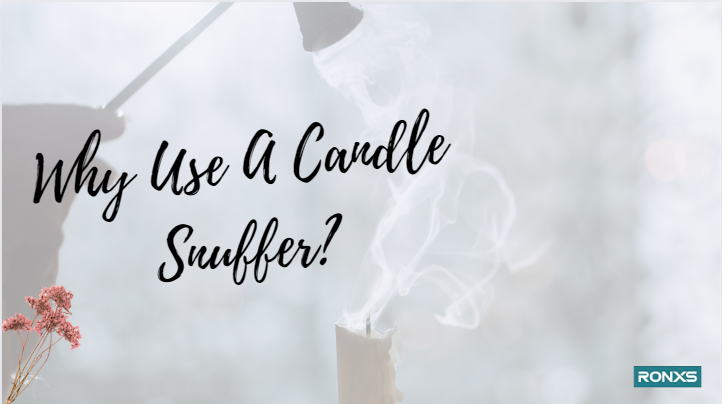
What is a Candle Snuffer?
A candle snuffer is a small tool that you use to extinguish a candle. It has a long, thin handle with a small cup on the end. To use it, simply place the cup over the top of the candle and press down. This will coat the wick with melted wax, helping it to stay upright.
Not only does this prevent the wick from flopping over, but it also helps to keep the flame from getting too close to your fingers. So if you’re looking for a safe and easy way to extinguish your candles, be sure to pick up a candle snuffer.
Coating the wick with wax helps the candle relight easier.
There are many reasons to use a candle snuffer, but one of the most important is that it can help your candles last longer. When you extinguish a candle with a snuffer, you are coating the wick with wax, which will help the candle relight more easily. This can save you time and money in the long run, as you won’t have to replace your candles as often. Candle snuffers also help to prevent soot from building up on your walls and furniture, and they keep your fingers clean!
It cleans any fragrance bloom (mushroom) off the top of the wick for a cleaner look when the candle is not in use.
When you use a candle snuffer, it helps to clean any fragrance bloom (mushroom) off the top of the wick. This gives your candle a cleaner look when it’s not in use. Plus, it can help to extend the life of your candle by preventing the build-up of soot on the wick.
Candle tweezers can be used on container candles as well as tapers and pillar candles.
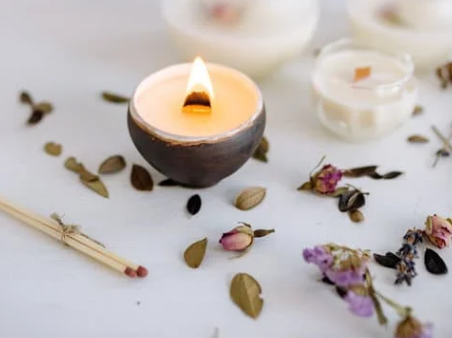
Making your candle last: some tips
Candles should be kept in a cool, dark location.
Unfortunately, candles have a limited shelf life. Even though they are less prone to go bad than food does, they can nevertheless lose their scent, get ugly, or otherwise become stale. Both temperature changes and light can hasten the aging process. Find a cool, dark location to keep your candles during the off-season. When feasible, aim to light your candles within 12 to 16 months of purchase.
Do leave your candle burning for a minimum of three to four hours at a time.
What is one of the most typical candle errors claims to see? People either light their candles for too long or not long enough. Candles are made to burn for three to four hours at a time, according to her. Therefore, you should try to burn for as long as possible.
Avoid placing your candle in a windy area.
Your candle may burn unevenly in the wind, which may result in tunneling. Brown advises keeping the candle away from air vents, windows, or drafts. Move the candle to an area with less air movement if you observe the flame flickering or it looks to be tunneling.
Your candle must be placed on a heat-resistant surface.
Though it may seem obvious, this point needs to be made again. Before lighting your candle, make sure it is on a stable, heat-resistant surface. If not, you might harm your furnishings. Of course, keep your candle away from anything that could catch fire, as well as any children or animals that could knock it over.
Keep your wick from mushrooming.
Have you ever seen a candle wick topped with what appears to be a tiny piece of burnt popcorn? It is referred to as a mushroom. Before relighting your candle, remove the mushrooms from the wick. Otherwise, you risk having a huge, hazy blaze. Find and get rid of any mushrooms when trimming your wick. Then start your candle again.
Keep lit candles spaced apart by a few inches.
If you choose to light multiple candles at once, make sure to space them apart by at least a few inches. They might heat up or melt one another if you put them closer together. Candle-scaping” is a lovely appearance. Maintain a minimum of 5 to 6 inches between your candles to keep them operating at their best.
When snuffing out a candle, it is important to use a candle snuffer to avoid burns. A candle snuffer is a long-handled tool that is used to extinguish flames by smothering them. This is done by placing the cup of the snuffer over the flame and then releasing the air inside the cup, which extinguishes the flame.
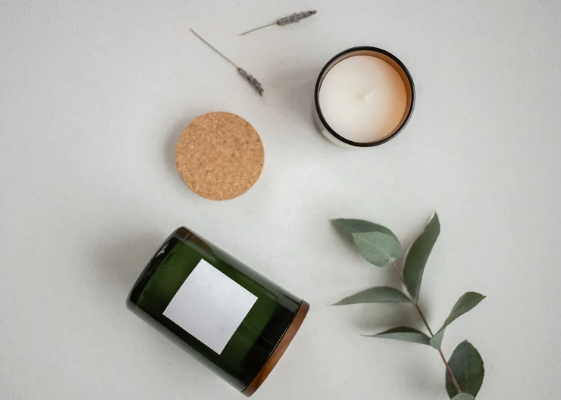
Conclusion
When burning something for a while and the wick has begun to mushroom, the main advantage of employing a snuffer over a wick dipper is that it prevents debris from falling into the wax pool. If this occurs, snuff out the candle using a snuffer before trimming the wick.

